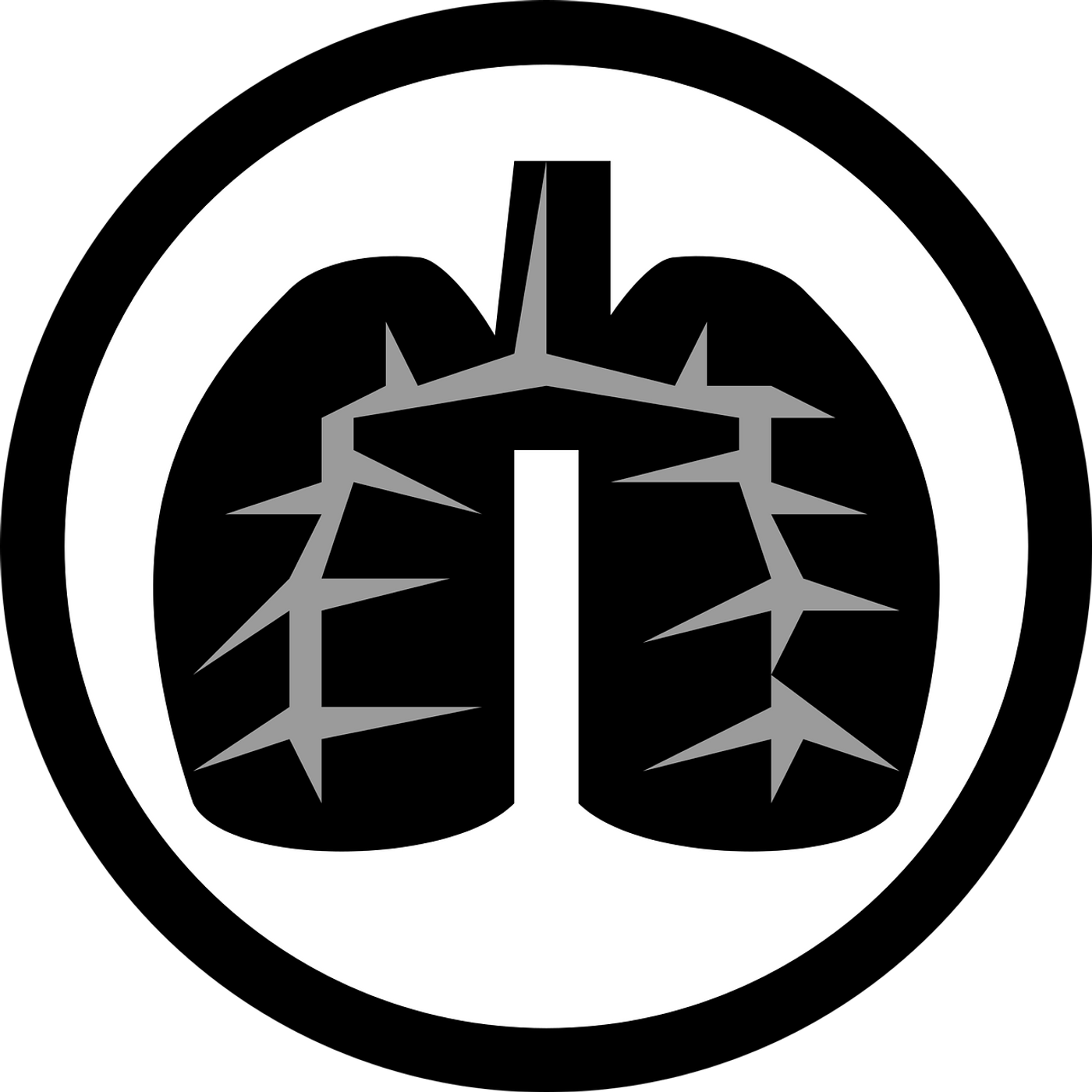Should Lung Cancer Screening Guidelines become Age-Based?
Low-dose computed tomography (LDCT), a procedure that uses X-rays to produce a series of images at different angles, generating a 3-dimensional view of the lung, is an effective screening technique for lung cancer. The use of LDCT for lung cancer screening in high-risk populations reduced lung cancer mortality by 20%. These findings led the US Preventive Services Task Force (USPSTF) to set screening guidelines based on smoking history. Currently, the USPSTF recommends yearly LDCT lung cancer screening for adults who smoke at least 20 packs of cigarettes a year, or those who quit smoking in the last 15 years.
However, recent research has demonstrated an increase in the incidence of lung cancer among non-smokers, suggesting that screening only individuals with a history of smoking could miss a large group of individuals at high risk of lung cancer.
To clarify the significance of the recent research, the study compared outcomes between patients who met USPSTF criteria and those who did not, highlighting potential benefits of broader screening approaches. The authors published the results of the study in JAMA Network Open.
The study included 997 patients diagnosed with lung cancer between 2028 and 2023; 647 patients did not meet the USPSTF guidelines for high-risk lung cancer screening. The group of patients excluded from the USPSTF guidelines had more women, Asian patients, and never-smokers than the USPSTF group. Clinically, those not deemed high-risk more often had adenocarcinoma diagnoses. When comparing outcomes, the researchers found poorer overall survival among patients in the high-risk group who were recommended screening according to USPSTF guidelines. The study estimated that current screening methods detected lung cancer in 61.2% of patients.
The researchers modeled age-based screening for adults aged 40 to 85 years, estimating that it would detect 93.9% of lung cancer cases. Clarifying the age range emphasizes its relevance for potential screening policy changes and their impact on detection rates.
The study estimated the cost per life saved at $101,000, notably lower than the costs for other cancers like breast and colorectal, which are $890,000 and $920,000 respectively, highlighting economic benefits of age-based screening.
The study demonstrates that current USPSTF guidelines miss a large proportion of lung cancer patients. These data can highlight how age-based screening could improve outcomes and reduce costs; thus, they may help policymakers consider guideline updates.
Sources: Nat Rev Clin Oncol, NEJM, JAMA, JAMA Netw Open









